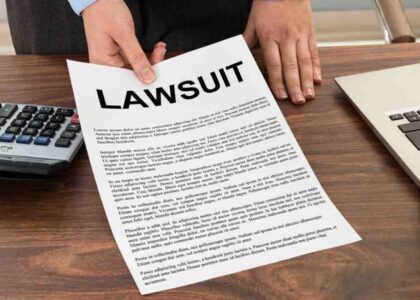Did you know that 1/3 Americans own a firearm?
Owning a gun is a right we can all enjoy. Whether for defense, sport, or hunting, gun ownership is part of the American way. However, handling a gun comes with certain responsibilities.
When it comes to firearms, safety always comes first. By familiarizing yourself with gun safety principles, you can avoid accidents and get the most out of your experience as a gun owner.
Read on to learn more about the top gun safety measures you need to know.
1. Treat Every Gun as Loaded
The first gun safety practice to observe is the assumption that all guns are always loaded. In practice, this means you should treat every firearm as if it is a live weapon.
Even if you know your weapon is cleared, treat it with the same respect you would a fully loaded firearm. ‘All guns are always loaded’ is a statement of practice and belief, rather than a statement of fact.
Carrying out the same loading and unloading procedures every time you use your weapon eliminates the risk of a negligent or accidental discharge. Even the most experienced gun owners can make a mistake.
2. Keep Your Muzzle Pointed In a Safe Direction
Never point your weapon at something you don’t intend to destroy. This includes people, animals, and property. If nobody pointed their gun at non-targets, there would be virtually no accidental shootings.
Always point your muzzle in a direction where nobody can get shot, especially when loading and unloading. If you practice dry firing drills, this rule is especially important.
The safest direction to point your weapon will usually be directly up or directly down, depending on the situation. If possible, we recommend the ‘down’ position, as stray bullets fired into the air can and do kill.
3. Don’t Rely on Your ‘Safety’ Alone
While built-in safety mechanisms save countless lives, you must be sure not to become overly reliant on them. These mechanisms can fail, and when they do, general gun safety can prevent an accident from happening
Different types of guns have different safety features. If you own an older gun, you should be particularly cautious when using the safety mechanism. Wear and tear can increase the risk of a safety failure.
Don’t be careless with a ‘safe’ gun. By following multiple safety procedures, you cut the risk of an accident happening.
4. Practice Target Awareness
Always be aware of your surroundings when aiming at a target. Once you pull the trigger, you have no control over where the bullet might end up.
Do not fire at an open skyline. Make sure you have a safe backstop behind your target to avoid a stray bullet flying off into the distance.
Moreover, double-check the area surrounding your target to guarantee a safe shot. If you are in any doubt, don’t risk it. Finding a stock that fits you can help with target acquisition and improve safety.
Gun Safety Explained
So that’s the 101 on gun safety principles.
By following a few basic rules you can help prevent accidents from happening. A good gun owner is a responsible one.
Did you enjoy this article? If so check out our other posts for everything you need to know about guns, travel, lifestyle, and more.





